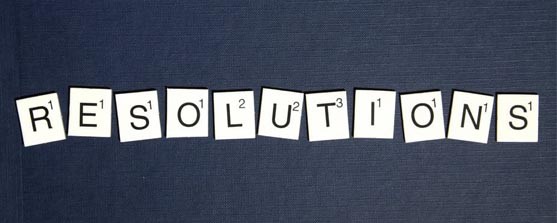Blog


Wednesday
8
FEBRUARY
2012
Is Your New Year's Resolution to Eliminate Debt?

Is now the time to refinance your high interest debt into a low interest mortgage?
If you are like many Canadians, debt freedom has become a high financial priority. A recent survey found that 76% of those surveyed indicated this has become their major financial goal.
Canadians enjoy more home equity than their American counterparts (those with mortgages in Canada average 51% equity), but we also know that Canadian's are carrying record amounts of high interest, unsecured debt.
With mortgage rates still at historical lows, chances are you've considered breaking your current mortgage and renewing now, before rates rise again.
A mortgage refinance to pay off high interest debt can do many things to help you reach your goal of debt freedom sooner - but there will likely be penalties and refinance costs that must be taken into consideration as well. We recommend that you allow an Accredited Mortgage Professional to do a Refinance Savings Analysis to help you decide if refinancing now is the right solution for you.
Benefits of a Mortgage Refinance of High Interest Debt
1. Increased Cash Flow: In most cases, refinancing a mortgage and incorporating high interest debt (and the payments required on this debt) will result in positive net cash flow savings (usually in the hundreds, but often in the thousands of dollars). A mortgage and debt consolidation into a low interest mortgage eliminates the high interest payments required on other debts such as credit cards, unsecured lines of credit or loans.
2. Interest Savings: Depending on your amortization, more of your payments are directed toward reducing the principal amount of your debt, rather than interest costs.
3. Shortened Amortization: If you redirect some of your cash flow savings towards increasing your mortgage payment - you will realize a shortened amortization and literally thousands in saved interest over the course of the mortgage amortization.
Costs of a Mortgage Refinance
A general rule of thumb is that if you are paying off high interest debt with the refinance, and you have less than 3 years remaining on your mortgage, you may well be better off to pay the IRD penalty and refinance now. The best way to determine the right course of action is to carefully analyze your situation.
Keep in mind that penalties vary from lender to lender and type of mortgage. If you are in an adjustable rate mortgage, your penalty will likely only be the three month's interest penalty.
While refinancing a mortgage and paying penalties based on IRD can result in a break-even proposition in the short term - the real savings are in the long term - as we know that rates will be going up within the next year or two. If your current goal is to secure a long term rate commitment before it is too late - and to eliminate debt sooner, you should consult an Accredited Mortgage Professional to do a free, no-obligation savings analysis. We'll identify your costs and savings and you will be able to make an informed decision on if this is the right move for you.
For a free, no obligation Refinance Savings Analysis, click here.